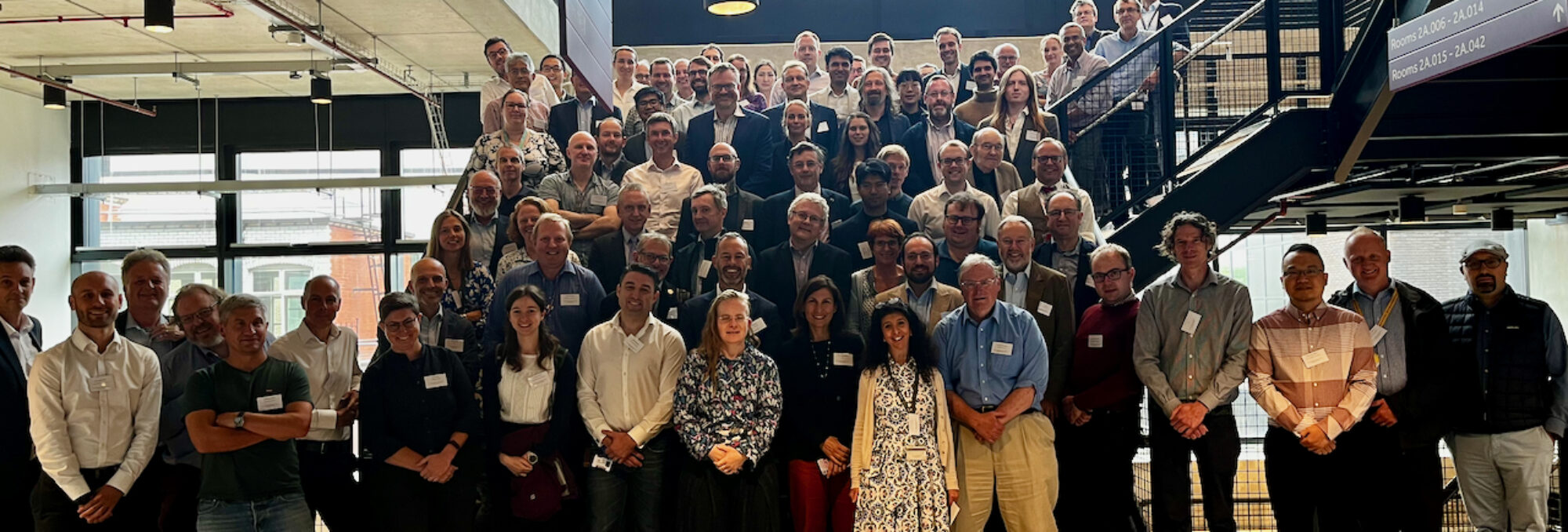Strengths
- Graphite science
- NDE and monitoring research (non contact)
- How materials degrade and creep at high temperatures
- Integrated computational modelling
- Modelling of structures of nuclear materials (UO2, MOX, cladding) and has developed a number of codes
- Structural Integrity assessment methods
- Neutron/synchrotron research capability (residual stress, damage evolution)
- Multi-scale characterisation of materials
- Growing recognised zirconium research capability
- Strong links between industry and academia
- Development of some key nuclear research laboratories
- Renaissance in Research Council and other funding sources
- International collaboration is strong in fusion.
- UK approach to developing a mechanistic understanding of materials degradation and structural behaviour rather than a purely empirical approach
Weaknesses
- Loss of structural mechanics capability—large-scale structural features tests and capability for modelling large-scale
- structures
- International collaboration is weak in some areas
- Radiation damage capability – to undertake radiation damage, and the hot cell facilities to test and examine materials
- Corrosion in general and environmentally-assisted cracking is not a strong as it used to be
- Lack of commitment to facilities at both low and high temperature
- Capacity to undertake v long-term tests (note DIAMOND development for a long-term test facility is a good sign)
- Fragmented experimental capability
- Vulnerable in terms of specific expertise in key areas: Radiation science, EAC, nuclear manufacturing, structural mechanics
- Ability to do prototyping in materials development
- Ability to manufacture v. large scale forgings for RPVs
Opportunities
- Strength in HT materials for Gen IV
- Increased interaction between academia, National Labs, and industry so students gain access to longer-term R&D and industrial expertise
- Growing nuclear research community with more younger research people
- Taking on experienced scientists from other countries
- Develop new understanding on materials, degradation, inspection to strengthen safety cases for lifetime extension
- Bring together fission/fusion structural materials and mechanics -particularly for high temperatures
- Nuclear Advanced Manufacturing Research Centre: bringing together manufacturing research with industrial development
- Bringing together materials and modelling communities
- Creating a Nuclear User Facility to network national capability and facilitate access
- Engaging with STFC development in high performance computing for nuclear research in multi-scale modelling (methods & hardware)
Threats
- External perception that we don’t need to fund research because problems are solved or we can buy reactors off the shelf.
- The view that we have sufficient academic capability in nuclear
- Delay in civil new build: companies are waiting for a decision
- Another nuclear accident
- Challenge of introducing new materials, manufacturing methods, into nuclear – after the research has been done linking into Codes and Standards
- Engaging steel manufacturers in developing new structural materials
- Loss of nuclear manufacturing base and culture
- Splitting of fission and fusion in structural materials
- Lack of funding for nuclear research
- Value from investment in nuclear research facilities is not realised by lack of focused and sustained funding
- Public perception of nuclear, including linking fission research with nuclear weapons research
This information can also be downloaded as a pdf file here
